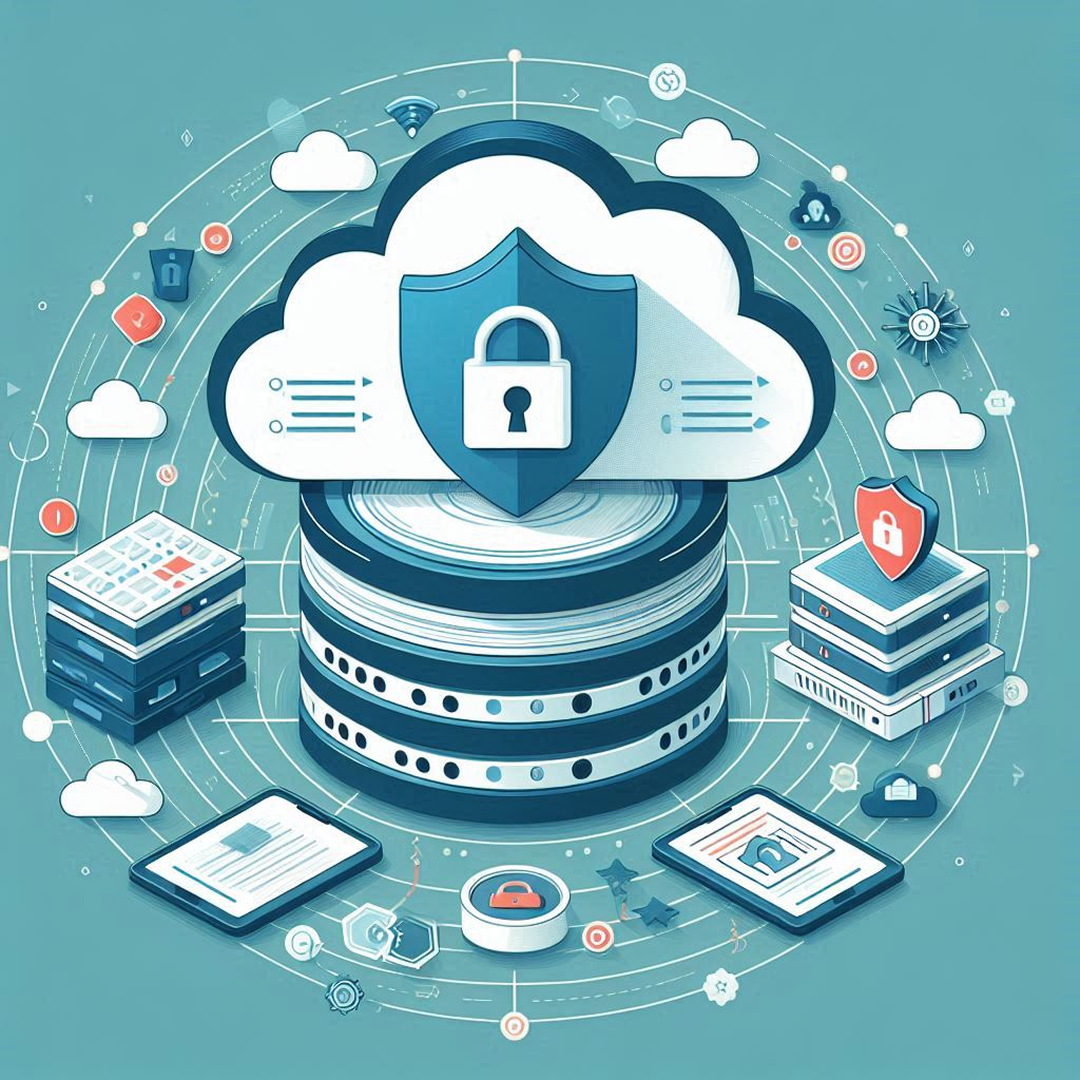SIEM Security Information and Event Management: Multi-Layered Cloud Security Strategy
1. Understanding SIEM Security Information and Event Management
In today’s cloud-driven world, SIEM (Security Information and Event Management) is essential for safeguarding applications against evolving cyber threats. As organizations increasingly shift to cloud environments, the complexity of security management grows. SIEM provides real-time monitoring, threat detection, and compliance enforcement, making it a critical component of modern cloud security strategies.
A multi-layered security approach is necessary to combat sophisticated cyber threats. By implementing multiple layers of security, organizations can enhance visibility, detect anomalies faster, and respond proactively to security incidents.
2. Understanding SIEM Security in Cloud Environments
Cloud security involves policies, technologies, and controls designed to protect data, applications, and infrastructure in cloud environments. A key component of this is SIEM Security Information and Event Management, which provides real-time analysis of security alerts and logs. SIEM helps organizations identify and respond to threats quickly, ensuring the integrity and availability of cloud services. In the shared responsibility model of cloud computing, where both the provider and customer share security responsibilities, SIEM acts as a critical tool for maintaining visibility and control.
3. The Importance of a Multi-Layered Security Approach
A multi-layered security approach, also known as defense-in-depth, ensures multiple layers of protection across cloud environments:
Why It’s Essential:
1. Diverse Threat Landscape: Cyber threats are constantly evolving, with attackers employing sophisticated techniques to exploit vulnerabilities. A single layer of security is often insufficient to protect against all potential threats.
2. Redundancy: By having multiple layers of security, organizations can create redundancies that ensure if one layer fails, others remain in place to provide protection.
3. Compliance Requirements: Many industries are subject to strict regulatory requirements regarding data protection. A multi-layered approach helps organizations meet these compliance standards by implementing various controls and monitoring mechanisms.
4. Risk Mitigation: A layered security strategy allows organizations to identify and mitigate risks at different levels, reducing the overall risk profile of their cloud environment.
By integrating SIEM security information and event management, businesses can enhance visibility, detect threats, and prevent security breaches.
4. Key Components of a Multi-Layered SIEM Security Strategy
1. Data Encryption: Safeguarding Sensitive Information
– At Rest: Encrypting data stored in the cloud protects it from unauthorized access. This ensures that even if an attacker gains access to the storage system, they cannot read the data without the encryption keys.
– In Transit: Encrypting data as it travels between the cloud and users or other systems prevents interception by malicious actors. Protocols such as TLS (Transport Layer Security) should be employed to secure data in transit.
2. Identity and Access Management (IAM):
– Implementing robust IAM policies ensures that only authorized users have access to sensitive data and applications. This includes the use of multi-factor authentication (MFA), role-based access control (RBAC), and regular audits of user permissions.
3. Network Security:
– Firewalls, intrusion detection systems (IDS), and intrusion prevention systems (IPS) should be deployed to monitor and control incoming and outgoing network traffic. These tools help detect and block potential threats before they can exploit vulnerabilities.
4. Application Security:
– Secure coding practices must be followed during the development of cloud applications. Regular vulnerability assessments and penetration testing should be conducted to identify and remediate security flaws.
– Implementing a Web Application Firewall (WAF) can help protect applications from common threats such as SQL injection and cross-site scripting (XSS).
5. Monitoring and Logging:
– Continuous monitoring of cloud environments is essential for detecting anomalies and potential security incidents. Organizations should implement logging mechanisms to capture detailed information about user activities and system events.
– Security Information and Event Management (SIEM) systems can aggregate and analyze logs from various sources, providing real-time insights into security threats.
6. Data Loss Prevention (DLP):
– DLP solutions help prevent unauthorized data transfers and ensure that sensitive information is not leaked outside the organization. This can include monitoring data usage and implementing policies that restrict data sharing.
7. Regular Security Audits and Compliance Checks:
– Conducting regular audits of cloud security measures ensures that they remain effective and compliant with industry regulations. This includes reviewing access controls, encryption practices, and incident response plans.
8. Incident Response Planning:
– Organizations should have a well-defined incident response plan in place to address security breaches swiftly. This plan should outline the steps to be taken in the event of a security incident, including communication protocols and recovery procedures.
5. Implementing a Multi-Layered Security Strategy with SIEM
To implement a multi-layered security strategy effectively, follow these steps:
Step 1: Assess Risks
Conduct a risk assessment to identify vulnerabilities in cloud applications, networks, and data storage.
Step 2: Define Security Policies
Establish clear security policies covering data protection, access control, and threat detection.
Step 3: Leverage SIEM Solutions
Deploy SIEM security information and event management tools to collect logs, detect anomalies, and enhance security analytics.
Step 4: Employee Training
Educate employees on phishing threats, password policies, and security best practices.
Step 5: Continuous Monitoring and Optimization
Regularly update security controls, conduct penetration testing, and fine-tune SIEM alerts for real-time threat detection.
6. Conclusion
A multi-layered security strategy is essential for protecting cloud applications from evolving cyber threats. Organizations must implement SIEM (Security Information and Event Management) solutions to gain real-time insights, detect anomalies, and respond proactively to security incidents.
As cloud adoption grows in the UAE, businesses must prioritize cloud security by combining SIEM with encryption, access controls, and continuous monitoring. By doing so, they can safeguard sensitive data, meet compliance requirements, and ensure resilience against cyber risks. A well-structured security framework strengthens overall cybersecurity, enabling organizations to thrive in the ever-changing digital landscape
Do you like to read more educational content? Read our blogs at Cloudastra Technologies or contact us for business enquiry at Cloudastra Contact Us.
